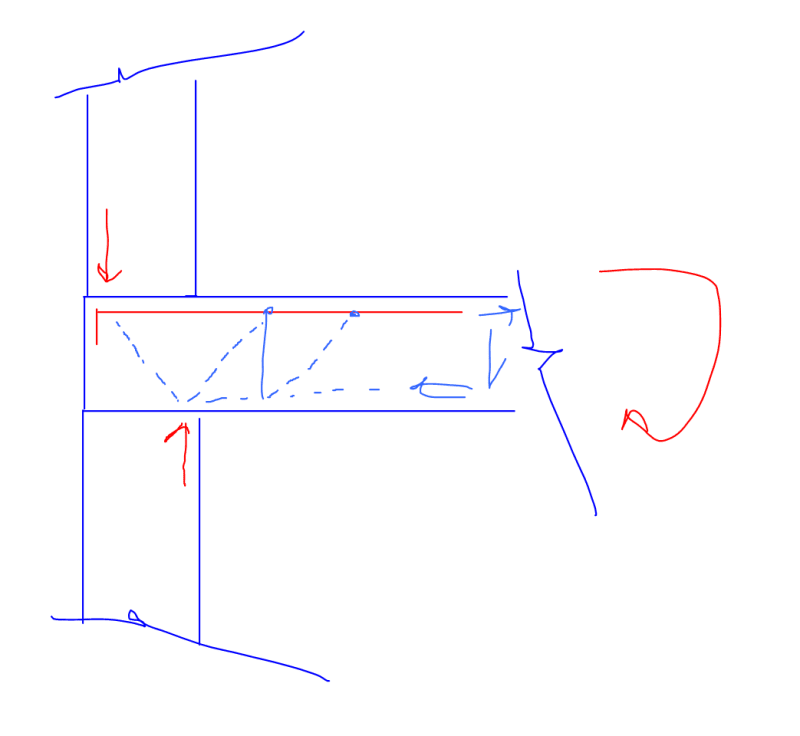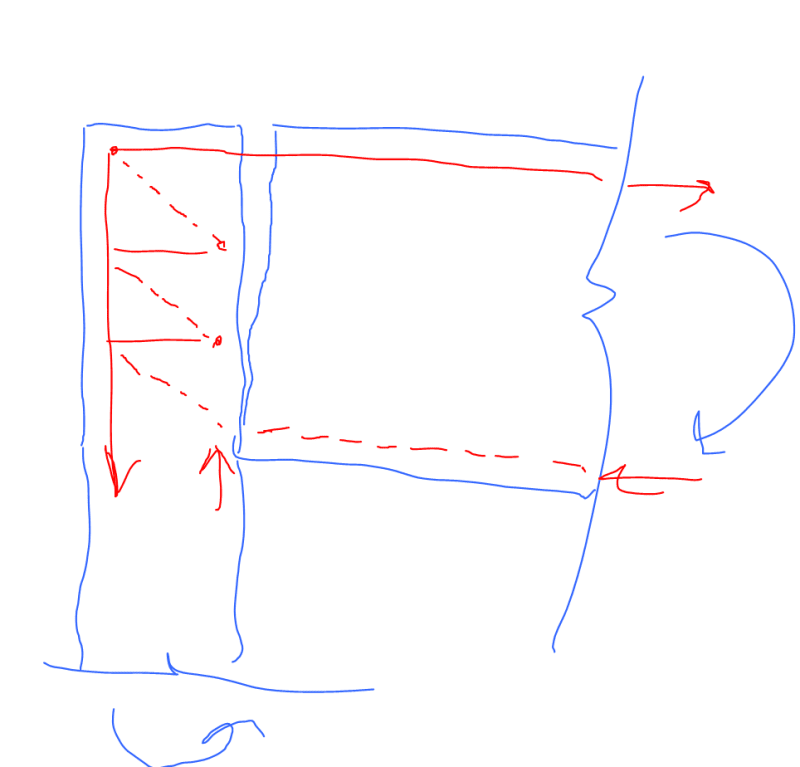dijonnaise
Structural
I was having a fun discussion with a junior designer today and came away with a few questions about how beam/column connections are typically detailed.
If we model the standard hook connection at a beam/column as a strut-and-tie, in many cases the standard hook would not be developed within the extended nodal region at the hook node (see attached sketch).
Is there some other factor at play that gives us the certainty that the hooked bar is anchored at this node?
My code (CSA A23.3) indicates that negative moment reinforcement is developed so long as the hook is developed (ldh) before reaching the face of the column (Cl. N12.12), however this doesn't seem to satisfy the tie anchorage requirements of Cl. 11.4.3.2 (Anchorage of ties in node regions) if we consider this a D-region strut & tie.
Thanks!
If we model the standard hook connection at a beam/column as a strut-and-tie, in many cases the standard hook would not be developed within the extended nodal region at the hook node (see attached sketch).
Is there some other factor at play that gives us the certainty that the hooked bar is anchored at this node?
My code (CSA A23.3) indicates that negative moment reinforcement is developed so long as the hook is developed (ldh) before reaching the face of the column (Cl. N12.12), however this doesn't seem to satisfy the tie anchorage requirements of Cl. 11.4.3.2 (Anchorage of ties in node regions) if we consider this a D-region strut & tie.
Thanks!


